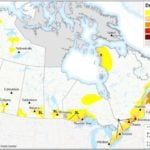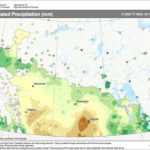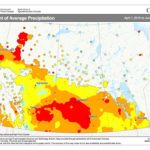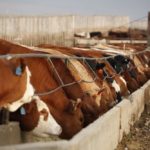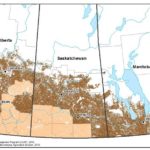MarketsFarm — Warm and dry weather that has generated little precipitation across the Prairies is expected to continue in most areas, aside from southern Manitoba, according to two meteorologists. “Looks like the overall pattern isn’t going to be changing too much,” Scott Kehler of Weatherlogics said. “What you see is what you’re going to get,” […] Read more



